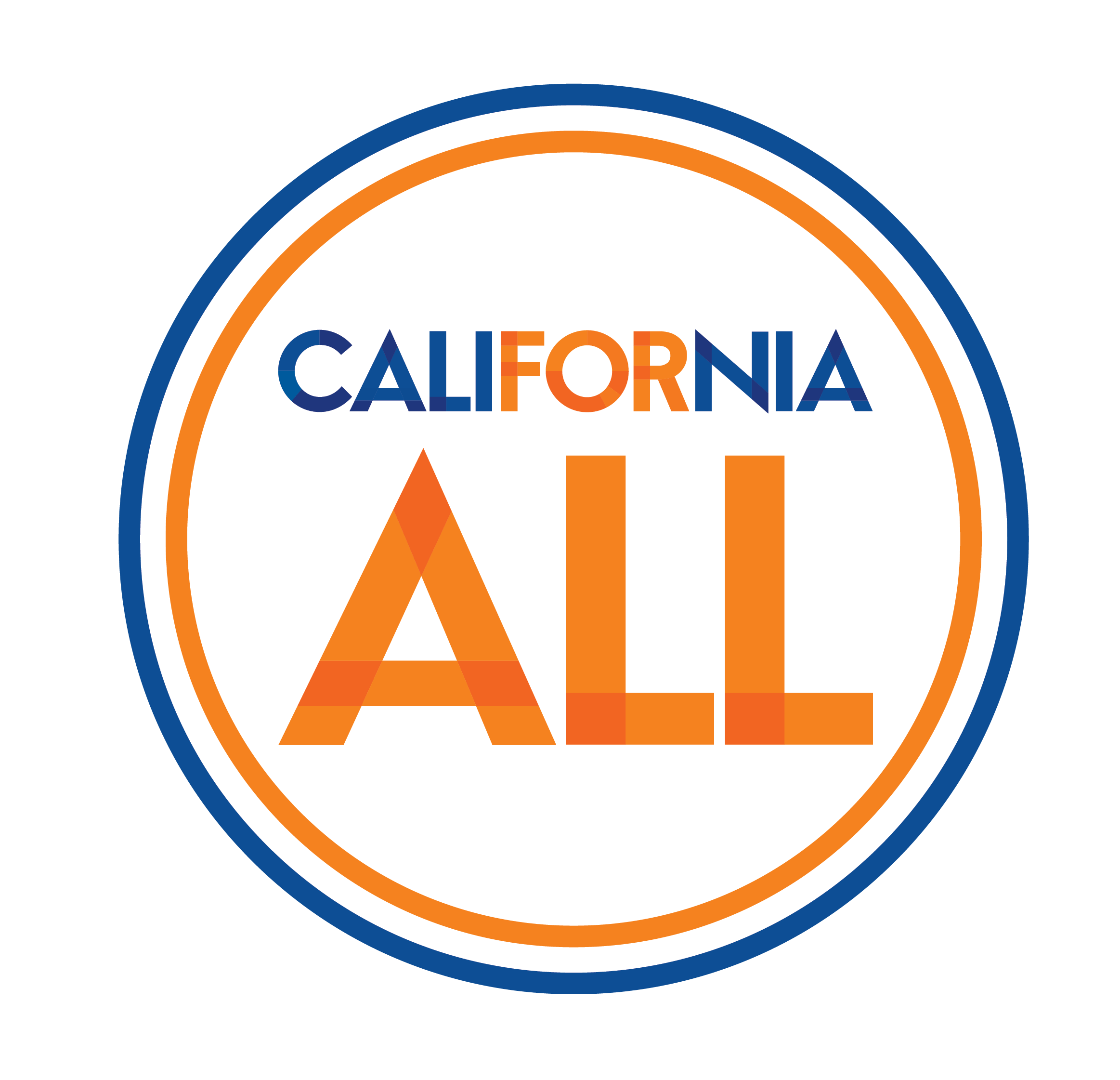Master Plan: 5 Bold Goals
Goal one for 2030
Goal one: Housing for All Ages & Stages
"We will live where we choose as we age in communities that are age-, disability-, and dementia-friendly and climate- and disaster-ready."
Track our progress at the MPA Data Dashboard.
Older adults, like people of all ages, need housing options that meet changing needs across the decades. Housing that allows for different household sizes, with accessible transportation options, welcoming parks and public spaces, and strong climate and disaster readiness, are foundational to well-being and continued engagement in civic, economic, and social life.
A wider range of housing models are emerging for the second half of life -- such as duplexes and accessory dwelling units to support multi-generational families and caregivers, and new models of residential communities with a range of services -- and these models can be scaled. California’s most well-known housing policy for older homeowners, Proposition 13, has limited property taxes to support affordability as people age; Proposition 13 may also have discouraged moving. The recently enacted Proposition 19 may encourage more older adults to consider moving into different homes and communities for the different stages of aging. While most older Californians are homeowners, older adults who rent homes are facing rising affordability challenges. Sharp gaps in home ownership rates by race and ethnicity, due to the legacy of housing discrimination, means Latinx and Black elders are more likely to be renters than White older Californians. Housing policies grounded in equity – for owners and renters, for all races and all ages, for living alone and all household sizes – can begin to remedy discrimination and advance more housing options for all.
Transportation choices beyond cars both help slow climate change and help adults live in homes of choice, especially after experiencing a decline in the physical mobility or the ability to safely drive. The future of transportation includes more choices for people of all ages (“multi-modal”). Some older adults and people with disabilities need specialized transportation services, such as door-to-door paratransit and escorts to physician’s offices. Accessible transportation networks of buses and additional options keep people of all ages and abilities connected to services, social opportunities, and community activities.
California’s climate and natural landscape offer some of the country’s most beautiful parks and public lands. These spaces are integral to both mental and physical health, playing a critical role in promoting social inclusion. While adults aged 60 and over account for 20 percent of the population, older adults only represent approximately 4 percent of total park users (although, at same time, they are the majority of State Park volunteers).
California’s increasing wildfires and the COVID-19 pandemic have highlighted the pressing need for community design that improves our ability to remain safe during climate and human-made disasters, while also taking measures to prevent and prepare for them. While all Californians are impacted by climate change, some populations, including older adults, are more vulnerable than others to its dangers and health consequences.

Age Well San Diego has a vision for affordable housing and age-friendly communities, which includes goals of implementing zoning ordinances that create mixed-use villages; policies and programs to prevent homelessness; increased affordable housing stock, including Accesory Dwelling Units; and developing supports to assist older adults in aging where they choose.
.png)
